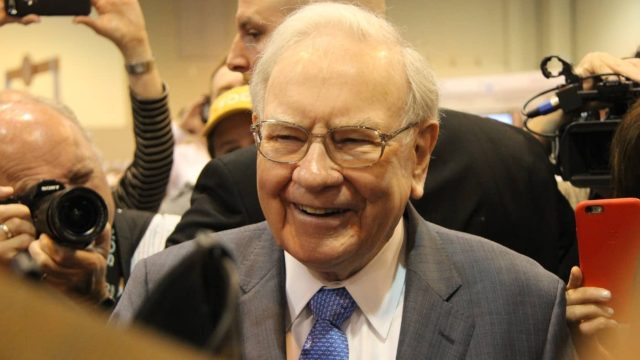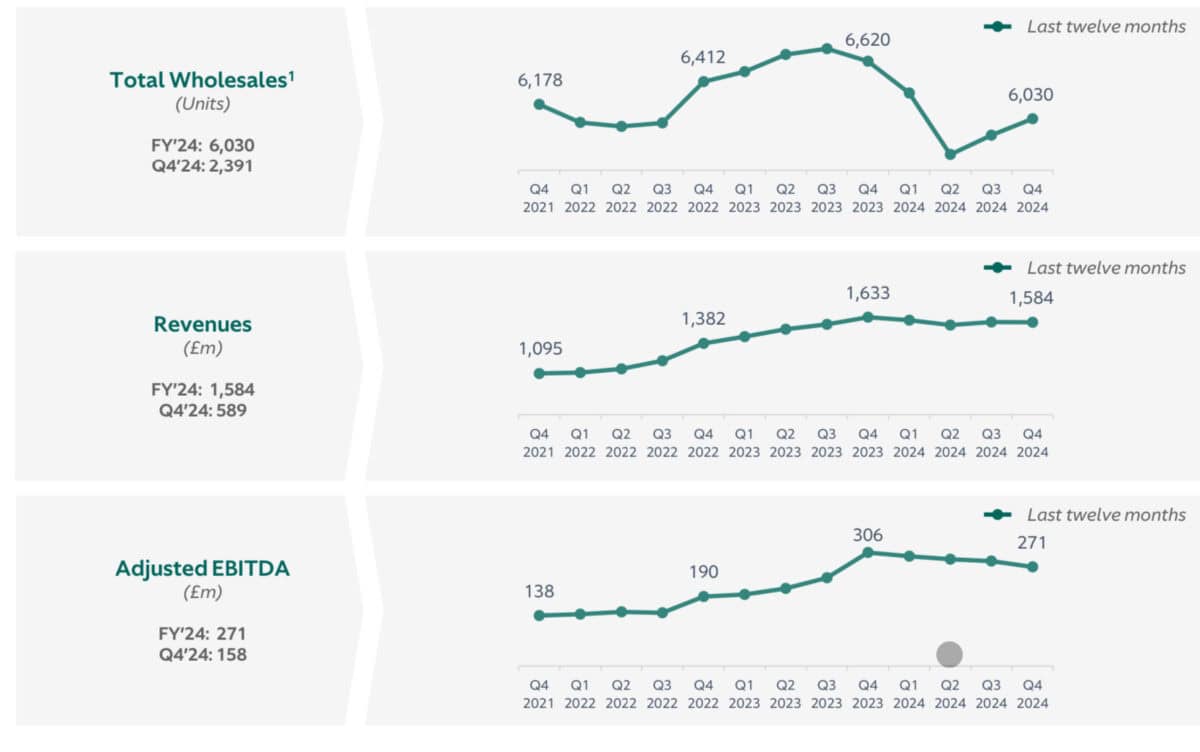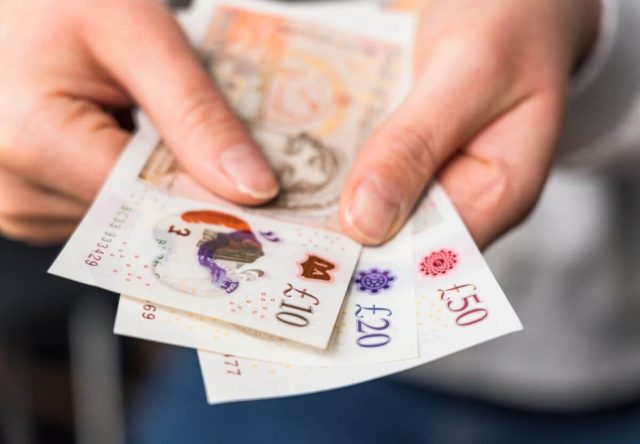3 FTSE stocks Fools are eyeing up for choppy markets
Choppy markets may present buying opportunities for high-quality stocks at discounted prices.
Some Fools might consider adding to their positions in companies they have strong conviction in; others might view volatility as an opportunity to start a position in a company they previously deemed too expensive.
Admiral Group
What it does: Admiral Group provides car, home, and travel insurance, plus loans and financial services in the UK and beyond.
By Mark Hartley. When markets get choppy, it can help to shift a portfolio toward stocks with a low beta – a measurement of comparable price volatility. Admiral Group (LSE: ADM) has one of the lowest 5-year beta scores on the FTSE 100.
As a leading UK motor and home insurer, it benefits from a steady stream of premium income, making its earnings less susceptible to economic downturns compared to more cyclical sectors. It also operates in a tightly regulated industry, reducing its exposure to risk-taking activities.
Its forward price-to-earnings (P/E) ratio dropped to 14 recently, so it looks undervalued.
However, high interest rates have impacted profitability in the past, wiping 50% off the share price in 2021/2022. Recently, this trend has reversed but a return to high rates could hurt the price again.
Mitigating this risk is an attractive 4.9% yield, with a decent track record of dividend payments.
Mark Hartley does not own shares in Admiral Group.
Games Workshop
What it does: Games Workshop manufactures products for tabletop gaming enthusiasts including miniatures, paints and books.
By Royston Wild. I’ve steadily drip fed money into Games Workshop (LSE:GAW) shares since I first invested in 2020.
I topped up my position again in late January, and I’ll buy more if market turbulence causes the tabletop gaming giant to slump February’s record highs.
Games Workshop shares have proven an excellent long-term investment, up 2,750% in the last 10 years. I’m confident the next decade will be another highly successful one too.
The Warhammer maker still has plenty of room for growth in its bread-and-butter operations as global expansion continues and broader interest in fantasy wargaming booms. Core revenues rose an impressive 14.3% in the six months to November.
It’s looking to supplement this with supercharged royalty revenues through major media deals (such as the film and TV tie-up currently in the works with Amazon). Such agreements also have the potential to substantially boost demand for Games Workshop’s traditional products.
I think it’s a top stock to consider even as the threat of US trade tariffs looms.
Royston Wild owns shares in Games Workshop Group.
Games Workshop
What it does: Designs and manufactures plastic miniatures for tabletop wargames in the Warhammer and Lord of the Rings universes.
By Zaven Boyrazian. Few FTSE stocks can hold a candle to the tremendous track record of Games Workshop. While there have been ups and downs, the business is among the best-performing investments of the last 20 years in the UK. And it’s not hard to see why.
Pairing an addictive hobby with a dedicated community is an excellent recipe for pricing power. And its one that management has cooked up perfectly, with operating profit margins sitting just above 40% with a staggering 65% return on equity.
This strong performance has continued throughout 2025 as new miniatures are quickly getting sold out by popular demand. And while the threat of at-home 3D printing is becoming more prominent, the firm’s pricing power remains intact.
With that said, it should come as no surprise that Games Workshop shares trade at a premium valuation. But in a choppy market, even the best businesses can get sold off. And that could be a terrific opportunity to snap up more shares at a discount.
Zaven Boyrazian owns shares in Games Workshop.
GSK
What it does: GSK is a global biopharma company that specialises in developing medicines and vaccines.
By Paul Summers. Gravitating to strong and stellar – if somewhat dull – defensive stocks makes a lot of sense in uncertain times. That’s why I’m currently running the rule on pharma giant GSK (LSE: GSK).
Sure, the shares have underperformed the FTSE 100 index over the last twelve months thanks to legal challenges relating to its heartburn drug, Zantac. Cost pressures have also played a role.
However, things are looking up. Back in February, the company lifted its 2031 sales target to over £40bn. Q4 sales also beat estimates.
As I type, the shares can be picked for a little under nine times forecast FY25 earnings. That’s cheap relative to the market and healthcare stocks in particular. There’s also a 4.4% yield, comfortably covered by expected profit.
GSK won’t shoot the lights out but it should provide some stability to a portfolio going forward.
Paul Summers has no position in GSK.




















